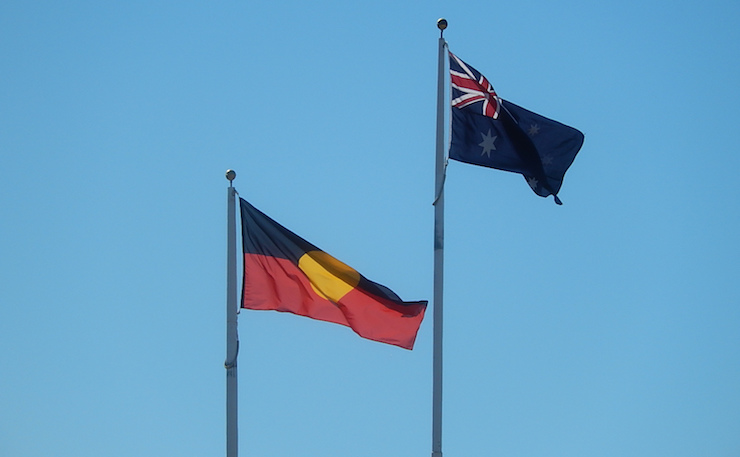The health of Indigenous Australians is in crisis. We are facing the greatest threat to our survival since the arrival of the First Fleet – an emergency that demands immediate action.
Overall, Australians enjoy amongst the highest standard of health and life expectancy in the world. Yet Indigenous infants die at roughly twice the rate of other Australian babies, and twice as many Indigenous children are born at low birth weight. The median age at death for Indigenous Australians is fifty-three years – compared to the median of seventy-eight years for the population as a whole – and in the East Kimberley region of Western Australia it’s just forty-seven years.
This means Indigenous Australians have a lower life expectancy than people in many developing countries. Overall there has been little positive change in the health of Aboriginal and Torres Strait Islander people in the last decade. Aboriginal and Torres Strait Islander communities continue to suffer poor access to primary health care services, inadequate housing, high rates of unemployment, low incomes and poor education outcomes.
There have been some gains. Indigenous infant mortality rates are lower than they were twenty years ago. There has also been some improvement in delivery of basic health services and facilities to some indigenous communities. National spending on Indigenous health has increased –
but the federal government still spends only 74 cents on programmes for Indigenous Australians for every dollar it spends on the rest of the population.
This health crisis is not just an Indigenous problem. It has serious practical implications for the wider community, as it is fast becoming an unsustainable economic burden on the national health care system. The impact of the exponential costs associated with the care and treatment of
preventable diseases that disproportionately affect Indigenous Australians – such as diabetes, heart disease and end-stage renal failure – are yet to be fully understood, let alone calculated, by our cost-conscious governments and policy makers.
Take the rising Indigenous epidemic of kidney disease. Dialysis treatment in hospital costs approximately $100,000 per person per year. In the Northern Territory, the incidence of end-stage renal disease in Indigenous communities is doubling every four years. It is estimated than an
additional $50 million will be needed for the Northern Territory alone over the next five years just to cover the rising cost of dialysis treatment.
The health of Indigenous peoples in other first world countries such as Canada, New Zealand and the USA have made significant improvements in the past thirty years. In these countries the gap in life expectancy between Indigenous and non-Indigenous people has narrowed to between four and ten years – compared with a gap of about twenty-five years in Australia.
Why this difference? There is nothing unique about either our history or circumstances that explains Indigenous Australians’ less advantaged health status, compared with Indigenous peoples in other developed nations. There has been no lack of research, reports, committee findings and recommendations suggesting practical ways of solving this pressing problem. What has been lacking is the political will and commitment – and adequate resources – to implement existing health policies, strategies and action plans.
There should be a groundswell of community outrage in Australia at this inequity and injustice, calling our governments to account and demanding immediate action. Yet despite the many Australians who ‘walked for reconciliation’, it is impossible not to conclude that the nation remains disinterested and unmoved by the health plight of Indigenous Australians
It is truly astonishing that even when high profile, powerful and credible professional organisations like the Australian Medical Association draw attention to this situation, their reports are met by a deafening national silence.
As Gary Banks, Chairman of the Productivity Commission, commented on Indigenous life expectancy in his 2003 report into Indigenous funding needs:
“Twenty years is just short of the standard measure of a generation. It represents a tragic loss and a waste, for Indigenous people and for Australia as a whole.”
Donate To New Matilda
New Matilda is a small, independent media outlet. We survive through reader contributions, and never losing a lawsuit. If you got something from this article, giving something back helps us to continue speaking truth to power. Every little bit counts.




